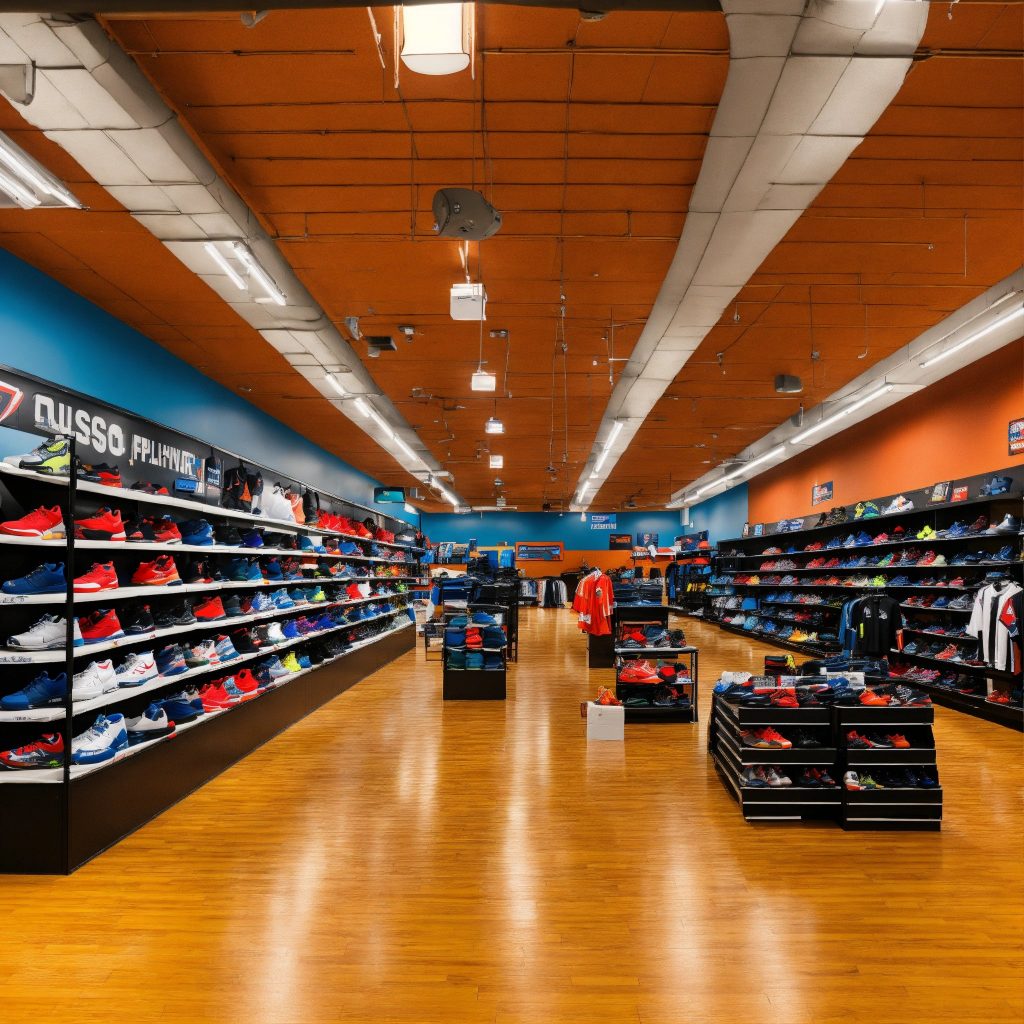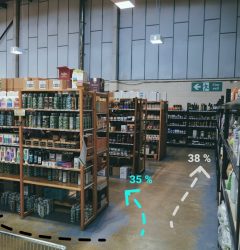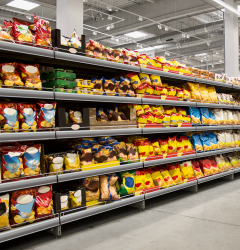Space Management
Optimizing Retail Space: How Sales Data Enhances Category Management and Merchandising
01 May

Optimizing Retail Space: How Sales Data Enhances Category Management and Merchandising
In the dynamic world of retail, space is more than just a physical dimension—it’s a strategic asset. Optimizing retail space through effective category management and smart merchandising is crucial for driving sales and enhancing customer satisfaction. Integrating robust sales data into these processes can transform how retailers approach space allocation, product placement, and overall store design, ultimately impacting the bottom line. Here’s how leveraging sales data can revitalize retail space optimization strategies.
Identifying A-Places in Retail Through Sales Data
In retail, “A-places” refer to areas within a store that achieve the highest engagement and sales. These prime locations are crucial for maximizing profitability and enhancing the shopping experience. Sales data plays a pivotal role in identifying these hotspots, enabling retailers to strategically place high-margin products and promotions to capture customer attention and increase transactions. Sales data provides a clear and quantifiable measure of what products are selling and where they are selling best within the store. By analyzing this data, retailers can identify patterns that signal where customer engagement is most concentrated. For example, a particular shelf or endcap that consistently shows higher sales figures can be designated as an A-place. These areas are typically high-traffic zones or spots that naturally draw customer interest, such as near the entrance, along the main aisle, or at eye level on shelves where visibility is maximized.
Once A-places are identified, the strategic placement of products in these areas becomes crucial. Premium products, new arrivals, and high-margin items placed in A-places can significantly boost sales. The visibility and accessibility of these spots make them ideal for introducing customers to new products or tempting them with impulse buys. Retailers can also use A-places for seasonal campaigns or promotional displays, ensuring that these high-visibility areas are always leveraged to their full sales potential. A-places are not just important for individual product sales; they play a critical role in overall store performance and customer flow. Well-managed A-places can create a more dynamic shopping experience, encouraging customers to explore further and stay longer. Additionally, these prime spots can help to distribute foot traffic more evenly throughout the store, reducing overcrowding and improving the shopping environment. Regularly updating and rotating displays in A-places also keeps the retail environment fresh and engaging, encouraging repeat visits.
Understanding Customer Behavior through Sales Data
Sales data offers a treasure trove of insights into what customers are buying, when they are buying it, and how often. By analyzing this data, retailers can identify high-performing categories and products that warrant more prominent placement within the store. This isn’t just about which items to highlight; it’s about understanding purchasing patterns and customer flow. For instance, if sales data shows that certain products frequently sell together, retailers might place these items in close proximity, simplifying the shopping process and potentially increasing basket size. This strategic product placement can significantly enhance the shopping experience, making it more intuitive and enjoyable for customers. Effective category management is essential for retail success, and sales data is its backbone. By diving deep into this data, retailers can determine which categories are the most lucrative and deserve prime space within the store. Furthermore, sales trends can dictate the expansion or contraction of product categories. For example, if data indicates a growing trend in organic foods, a grocery retailer might decide to expand this category by allocating more shelf space to organic products. This kind of data-driven decision-making ensures that the store’s layout aligns with consumer demand, maximizes the use of available space, and drives more targeted traffic to higher-margin products. Merchandising is not just about making products look appealing; it’s about strategic positioning and tailored promotions that speak directly to consumer desires and needs. Sales data helps retailers customize their merchandising efforts to better match consumer buying behavior. Seasonal trends, for example, can be anticipated and planned for by analyzing historical sales data, allowing retailers to allocate space effectively for seasonal items and ensure that promotional displays are both timely and prominently placed. Moreover, sales data can also influence the design and layout of store displays, encourage impulse buys, and create an environment that promotes spending.
Leveraging People Counting Data for Strategic Space Management
People counting data is a key asset in refining space management strategies within retail environments. This type of data provides real-time insights into how many people enter the store, which sections they visit, and how long they stay in specific areas. By analyzing this data, retailers can make informed decisions about store layout and design, ensuring that the space is used as efficiently as possible to enhance customer experience and optimize sales. By understanding foot traffic patterns, retailers can identify high-traffic zones and customer hotspots within the store. This information is critical for optimizing the layout of the store. For instance, if people counting data shows that a particular entrance receives more traffic, placing high-demand or promotional items near this entrance can capitalize on the natural customer flow, increasing visibility and sales. Conversely, areas with less foot traffic might be better utilized for lower-demand items or set up for promotional events that can attract more visitors to these underutilized spaces.
People counting data not only provides insights into daily or weekly traffic patterns but can also offer real-time data, allowing retailers to adjust dynamically. This adaptability can be crucial during peak shopping seasons or special promotional events. Retailers can staff areas more heavily based on anticipated customer volumes, enhance customer service, and reduce bottlenecks within the store. This responsiveness not only improves operational efficiency but also enhances the overall shopping experience by ensuring that customer needs are met promptly and efficiently. Another significant advantage of people counting data is its role in measuring the effectiveness of changes made to store layouts or displays. After adjusting a section or moving a display, retailers can monitor how these changes affect foot traffic and customer dwell times. If more customers are engaging with a newly positioned product or display, this is a strong indicator that the change was successful. Conversely, if traffic diminishes, it may suggest the need for further adjustments. This ongoing feedback loop allows retailers to continually refine their space management strategies, ensuring that the store environment is always aligned with customer preferences and behaviors.
Conclusion
In today’s data-driven world, retail space optimization is not just about arranging products efficiently; it’s about creating a strategic, data-backed layout that enhances customer experience and maximizes sales. Sales data is critical in informing decisions related to category management, merchandising, and overall space allocation. Retailers who harness the full potential of this data can not only improve their operational efficiency but also ensure that every square foot of their store is working to attract and retain customers. By turning data into actionable insights, retailers can craft a shopping environment that feels personal, intuitive, and directly aligned with consumer preferences, driving both foot traffic and sales.
Related Post
Tags
Keywords
Tags
Resources
© 2020-2024 Link Retail. All rights reserved.











